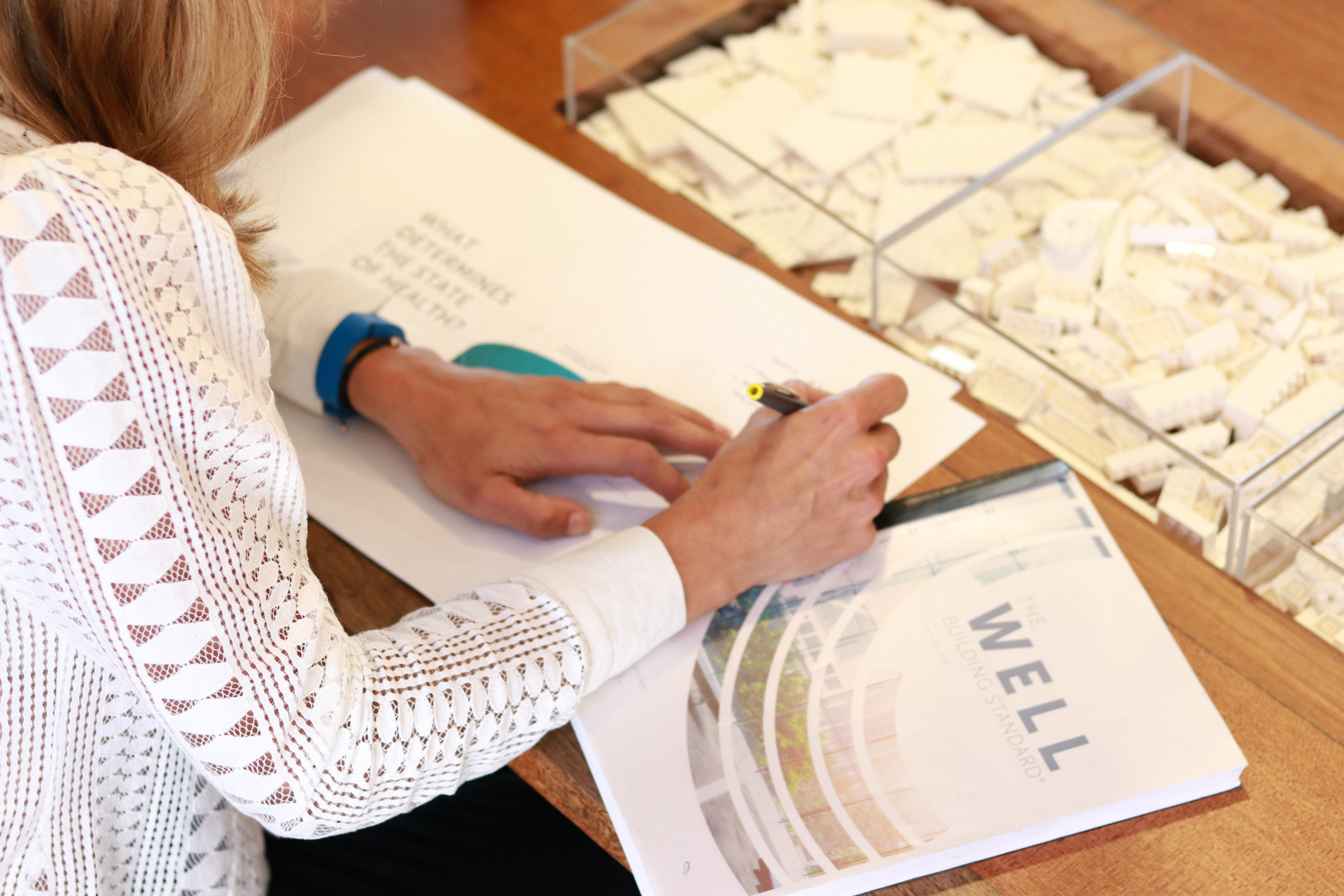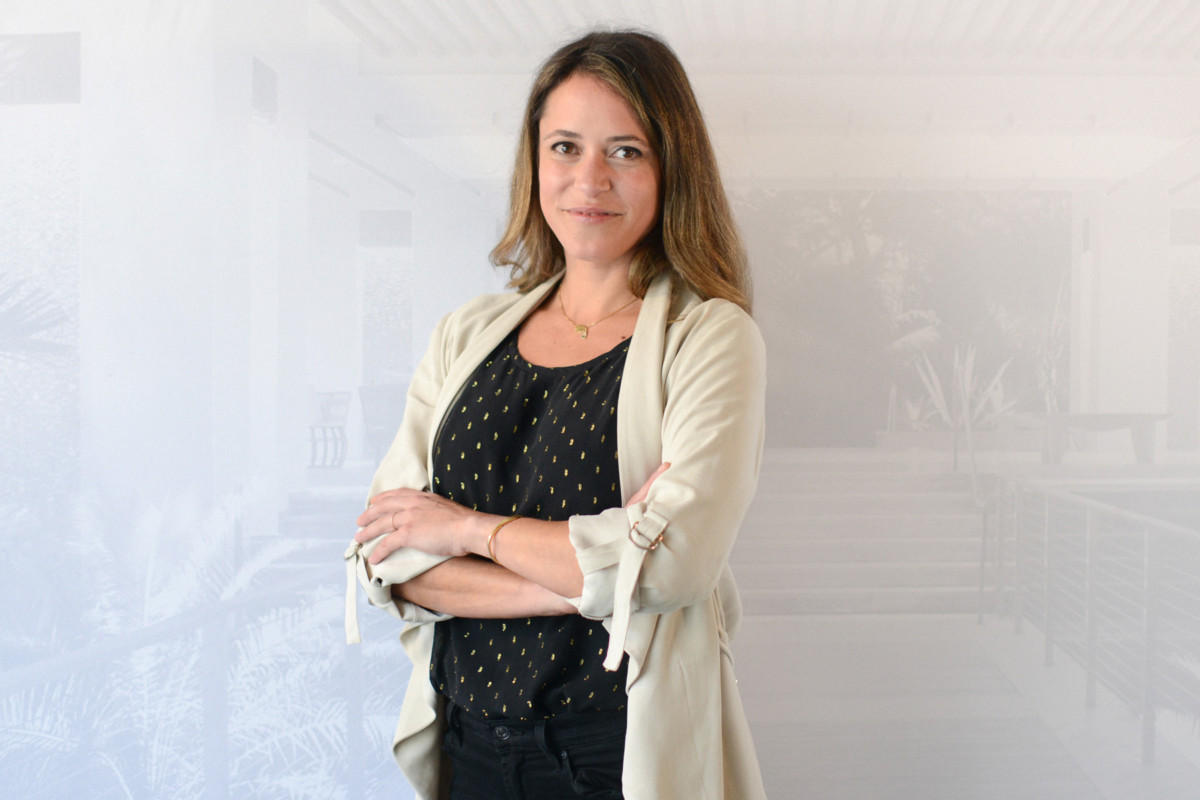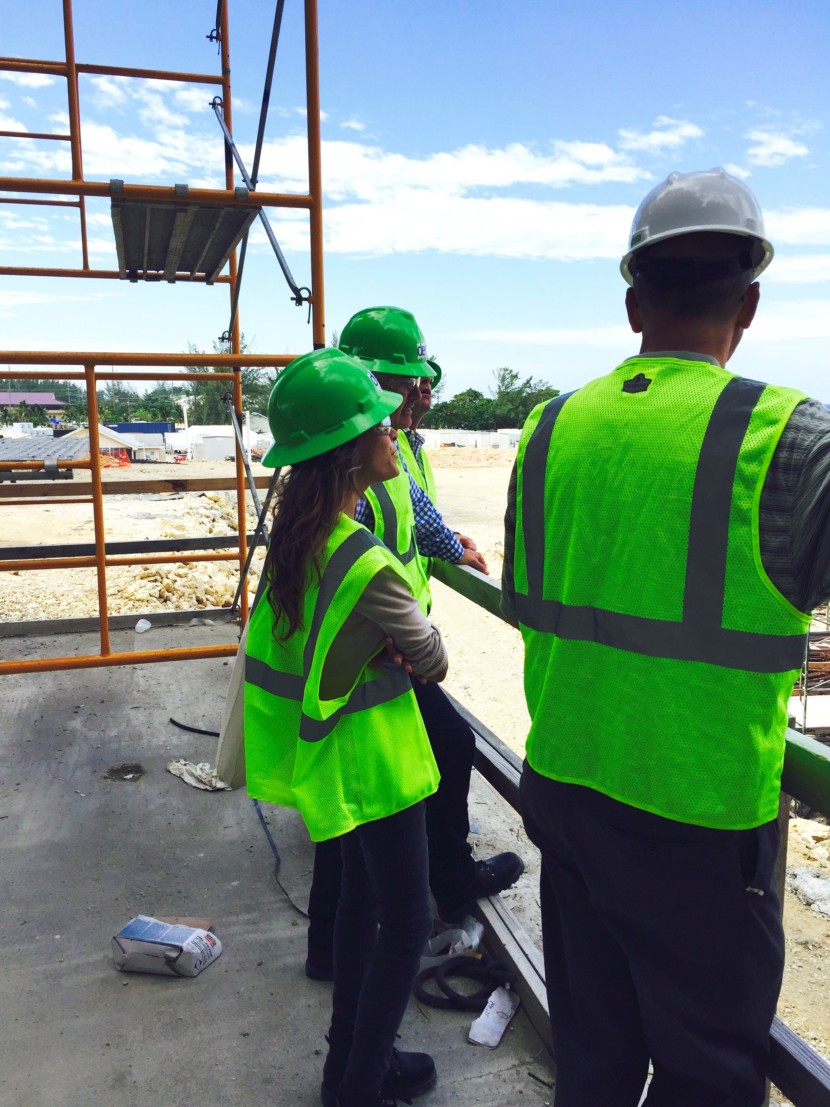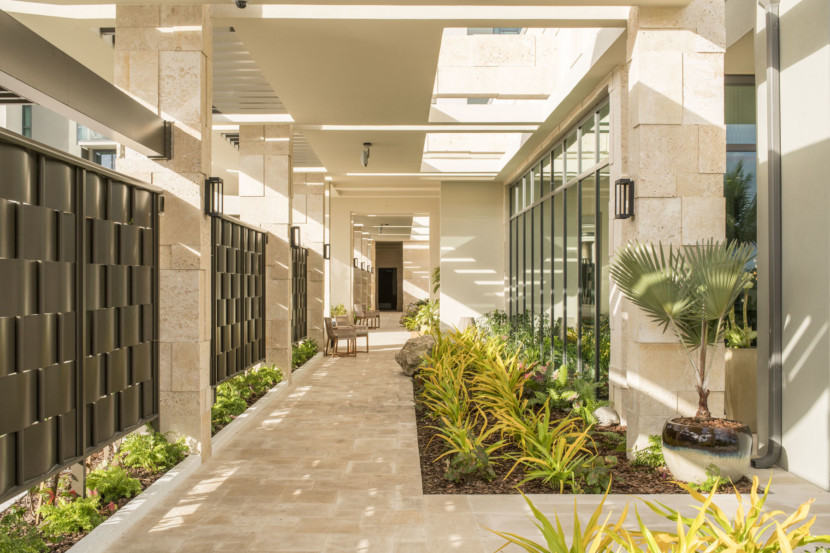International Women’s Day 2021 | Monica Marchand
What attracted you to work in architecture?
Architecture has always been present in my life. My father is an architect in Puerto Rico, so in a way, before I knew I wanted to be an architect I already had a taste for it. I remember how much my sister and I would love to go to his office when we were young. He would set up “workstations” for us to keep entertained as he worked, and we would come back home so proud with our collections of color pencil drawings and plans to show off.
You could say that architecture has always been a lens through which I have experienced the world.
Describe a typical working day for you…
Emails and Zoom meetings may be the most definitive constants in a typical working day. The team effort and collaboration aspect of this profession are truly what makes this career so stimulating and gratifying. A typical day consists of working alongside my colleagues and participating in a larger production in constant motion. Being a part of problem-solving and visionary machinery, every day comes with it’s a unique set of action items to tackle.
What has been the highlight of your career so far?
Working in the Kimpton Seafire Resort and Residences in the Cayman Islands. It was the first project I worked on at SB architects. For three years it had my undivided attention. I will never forget the first time I stayed in the hotel soon after it opened during my last site visit. I was inhabiting a space I knew so well. Much more than the eye could see, it was almost like having x-ray vision, I saw the mechanical ductwork running above the ceiling, the overall illumination design of a space…. I could navigate that space as if I had lived there for three years.
What do you see as some of the challenges facing women in architecture?
Historically, as in most professions, women have had to perform at an “outstanding” level just to catch up to the stature of their average male counterparts. Architecture is no different. As far as women have come, the reality is that we still have a long way to go to reach the point when society truly sees us as equally capable and supports opportunities for us to have a seat at the head of the table. That being said, the biggest challenge is stepping up to the challenge of breaking through that glass ceiling.
What advice would you give to young women aspiring to a similar career path?
As demanding as this profession may be, never lose touch of that eagerness and drive fueled by a genuine love of learning and growth that lead you to pursue architecture in the first place. Aspire to keep searching for information and inspiration, embrace the challenges and the opportunity to explore new ideas. In the end, it’s a matter of dedication and attitude. Don’t get discouraged by disappointments, which are not a reflection of your shortcomings, but of the society that we live in. Along with the rewards, anything worth doing comes with its share of challenges.

What pushed you to study to become WELL AP certified?
Personally, it was not so much of a push, but rather driven by a genuine interest in the subject and its application in architecture. In my freshman year of college, I took what then sounded like a pretty esoteric course called the Biology of Circadian Rhythms. It was then that I first learned about some of the fundamental concepts that align with the wellness movement.
How is wellness impacting design?
As architects, we have the responsibility of producing “the first seed of the project”. Having the capacity of creating and curating, not just buildings but, experiences, we have a responsibility and the opportunity to make sure wellness is part of the intent. It’s a very exciting time for architecture now that wellness has formally entered the design realm. It’s reached criteria level in the vision and identity of a project to the point where it is now part of the client’s agenda.
Interview with: Monica Marchand, Associate and Project Manager







